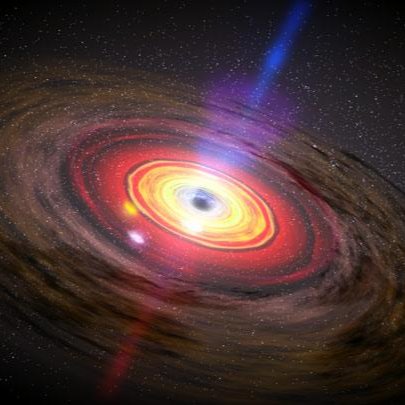OK, Persistence does pay off and attention to some detail including spelling
The restore has to be done using Wbadmin using the volume GUID
The commands are essentially per
https://social.msdn.microsoft.com/Forums/en-US/fa5b51fa-9e65-4121-b0bf-db5d1a15b620/sbs2008-standard-complete-pc-restore-failed-with-0x80070495?forum=windowsbackup
However use
wbadmin start sysrecovery -version:25/03/2021-08:34 -backupTarget:\?{####-####....#####} -Recreatedisks
NB Use your own version date and time and \?{Disk ID}
The version can be got from Wbadmin get versions -backupTarget:\?{####-####....#####}
and the Volume ID from MountVol.exe
Spelling of the commands was incorrect and I should have paid more attention to the full help the Wbadmin screen output.
